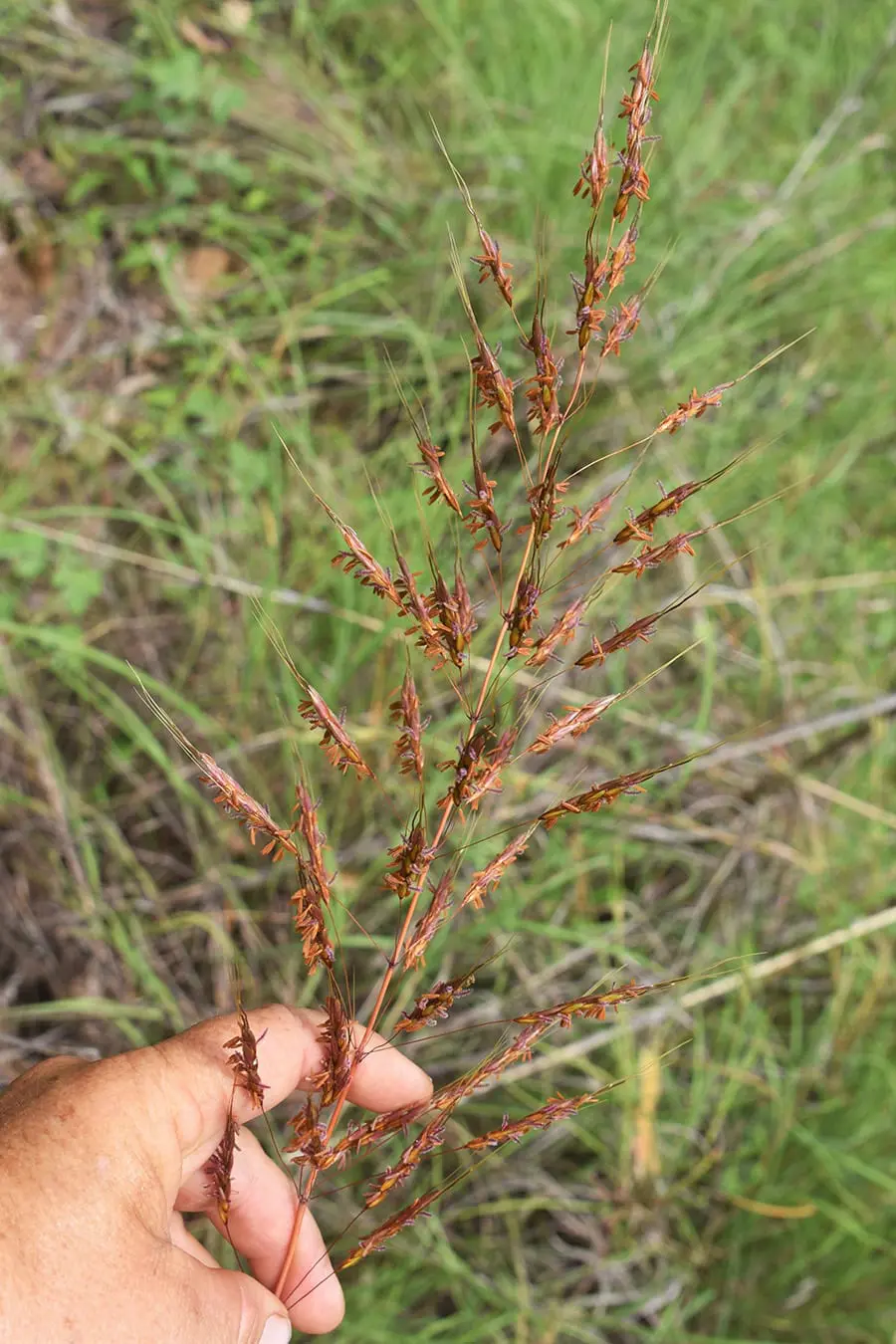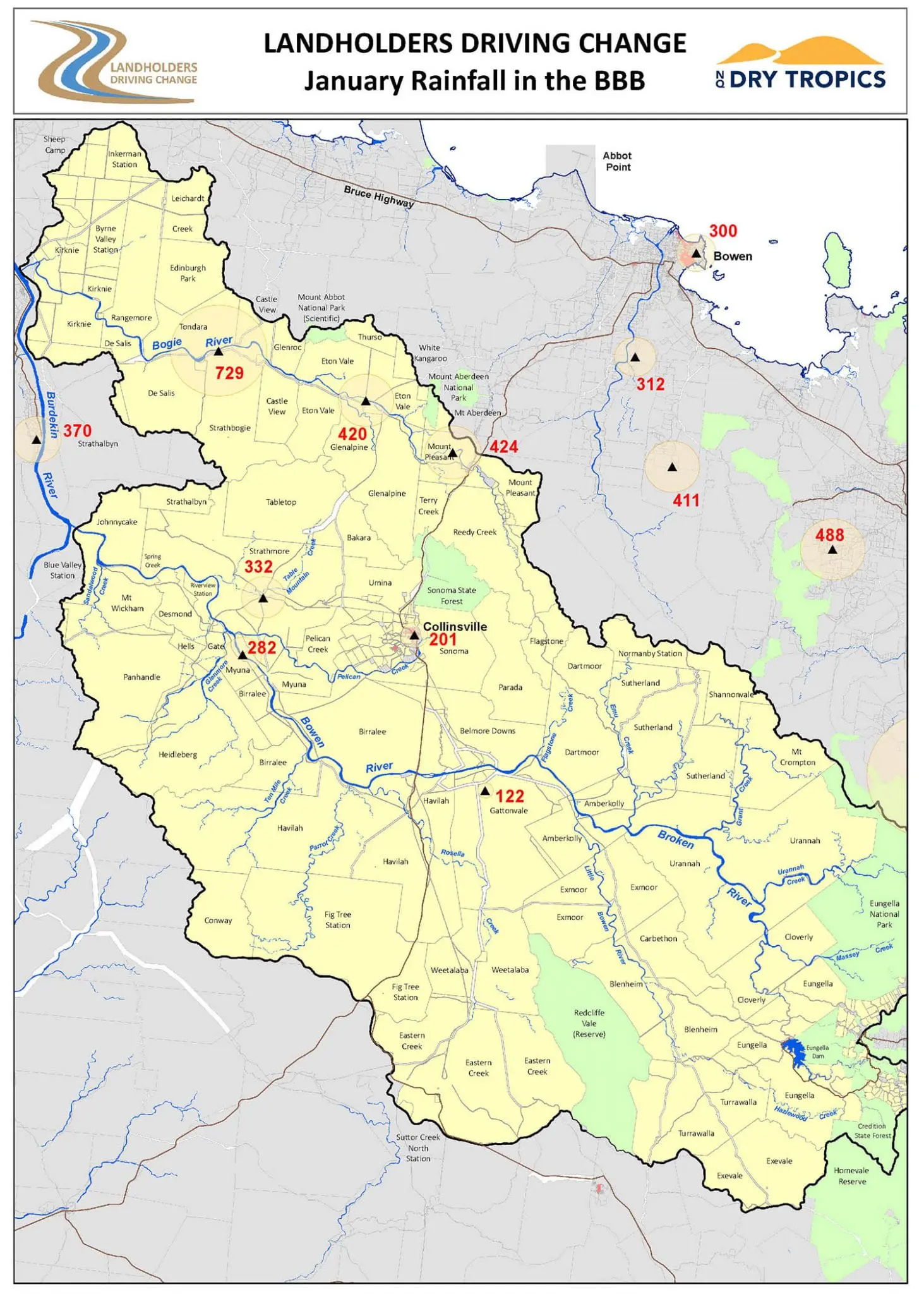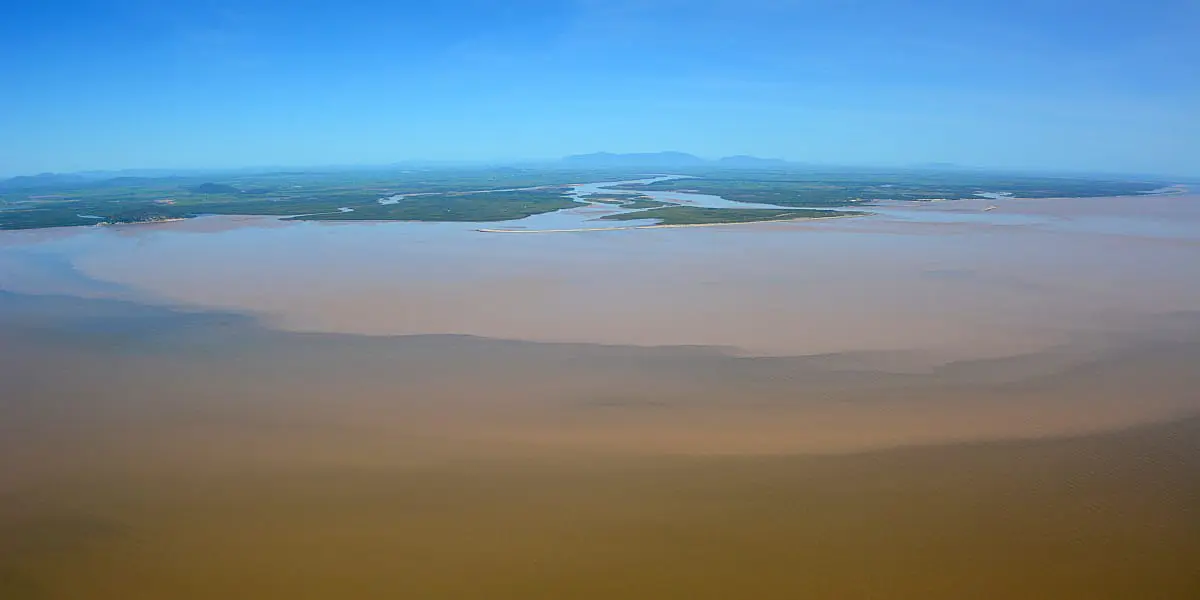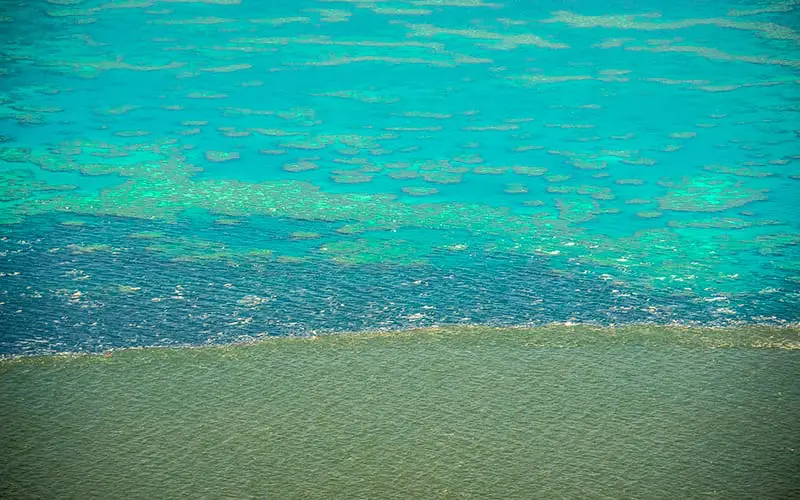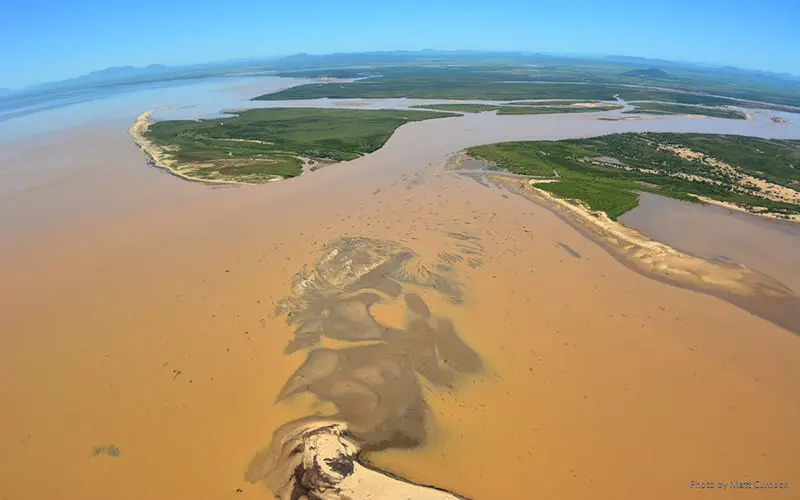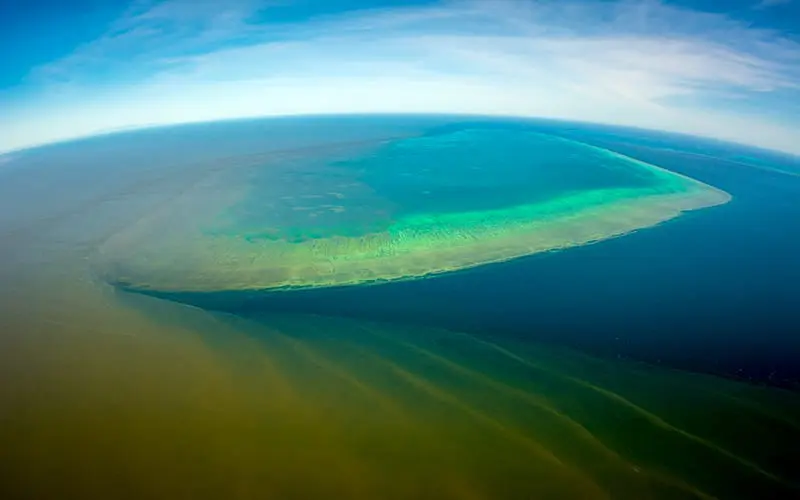Wet start to 2019
PHOTO: Garlone Moulin, Mt Pleasant Station
| January rainfall in the BBB | |||||
| Location | Rain | Location | Rain | Location | Rain |
|---|---|---|---|---|---|
| Collinsville Post Office | 201.3 | Myuna Alert | 282.0 | Strathmore | 332.1 |
| Mt Pleasant Alert | 424.0 | Moss Vale | 318.0 | Eton Vale | 420.1 |
| Strathbogie Alert | 729.0 | Dalbeg Alert | 370.0 | Roma Peak Alert | 411.0 |
| Reeves Alert | 312.0 | Kelsey Creek Dittmer Road | 488.4 | Bowen Airport | 300.8 |
| Bloomsbury | 1011.5 | Gatton Vale | 122.8 | Burdekin Dam Alert | 212.0 |
After the rain, comes new life …
PHOTOS: Garlone Moulin, Mt Pleasant Station
… truth in the numbers …
… and some serious problems
The big picture
TropWATER has generously shared these images of plume extending to Old Reef, Midshelf Reef, and central Great Barrier Reef, along with information explaining what it all means.
All images were taken by Matt Curnock on Wednesday, 13 February, 2019.
Support for the aerial footage was provided by TropWATER JCU, the Marine Monitoring Program – Inshore Water Quality through the Great Barrier Reef Marine Park Authority, the Office of the Great Barrier Reef, the Landholders Driving Change project led by NQ Dry Tropics, CSIRO and the National Environmental Science Program Tropical Water Quality Hub.
- The images show the sediment-laden waters of the Burdekin River flood plume extending out to Old Reef on the midshelf of the central Great Barrier Reef, approximately 32 nautical miles (60km) offshore. More recent satellite images show the plume moving beyond these mid shelf reefs to offshore areas approaching the outer shelf reefs.
- The Burdekin River has fallen below minor flood levels and, in the fortnight after the rain, discharged some 14 million ML (equivalent in volume to around 5.6 million Olympic swimming pools). This volume of water discharged is considered a ‘very large event’ for the river and has approximately a one in five year return interval. The volume of water is the largest discharged by the river for eight years (since the extreme flows in 2010/2011). We have also had considerable discharge from the Haughton, Ross, Bohle and Black rivers during a similar two-week period.
- This is a unique event in that we have had relatively calm conditions so the plume remains as a buoyant layer within the upper parts of the water column allowing it to extend much larger distances directly offshore from the river mouth. More commonly Burdekin flow events move northwards along the inner shelf of the Great Barrier Reef.
- The potential impacts of the plume in the short term include reduced light from sediment particles and increased algal growth from nutrient enrichment which is detrimental to health of seagrass and coral reef ecosystems, and in more severe circumstances, potential smothering of ecosystems on the bottom depending on the depth and conditions. Other impacts include increased susceptibility to increased sea surface temperatures and risk of coral bleaching, and organic enrichment which limits the growth and reproductive capacity of ecosystems. In the longer term, subsequent remobilisation of recently settled sediment particles can lead to extended periods of reduced light and ultimately lead to mortality of reef ecosystems.
- TropWATER is undertaking monitoring of the water quality in the river plumes as part of the Marine Monitoring Program Inshore Water Quality Monitoring Program and National Environmental Science Program project 2.1.5 through the Tropical Water Quality Hub. This involves sampling of the floodwaters across the catchment to reef continuum to document the sources, transport and fate of suspended sediment and nutrients from these major river systems.
Bureau of Meteorology has published a paper – Special Climate Statement 69 – an extended period of heavy rainfall and flooding in tropical Queensland.
Click here for an interesting read.
The report’s executive summary:
- An active monsoon trough, and a slow-moving low pressure system over the northern tropics produced extremely heavy rainfall in tropical Queensland from late January 2019 into early February.
- In and around Townsville, the accumulated totals from consecutive days of heavy rainfall set many new records. The highest weekly accumulations were comparable in terms of geographic spread, duration, and intensity of rainfall to those of January 1998 and January 1953.
- In the seven days to 4 February 2019, the bureau’s site at Townsville Aero recorded 1052.8 mm, and 1257.0 mm in the 10 days to 6 February. Prior to this event, the Townsville record for a seven-day period was 886.2 mm (January 1998) and for a 10-day period was 925.5 mm (January 1953).
- There were several sites in elevated areas including Paluma, Woolshed, and Upper Bluewater that reported 12-day accumulations of more than 2000 mm.
- In the Gulf Country and North West Queensland, record-breaking rainfall also occurred in previously drought-affected regions, including at Julia Creek and Richmond.
- This Special Climate Statement will be updated at the end of February with the latest available data.
Flood assistance
The Business Queensland website has information regarding recovery from natural disasters, including potential issues that may arise after the initial inundation such as the increase of insect borne diseases.
The Queensland Department of Agriculture and Fisheries website has information regarding financial assistance available for those in disaster-declared areas. In areas that have been declared a Category C disaster area, producers can apply for grants of $75,000 to help with hiring and leasing of equipment, purchasing fodder, replacing dead livestock, salvaging feed or crops and repairing essential plant and equipment.
If you are unsure if you are in an activated area please contact the Department on 13 25 23 or Queensland Rural and Industry Development Authority on 1800 623 946.
Plume inundation of Old Reef
Old Reef inundated by the plume
The mouth of the Burdekin River
The view from above Old Reef looking back towards Cape Upstart
Plume inundation of Old Reef
Old Reef and the Stanley and Darley areas inundated by the plume
Old Reef looking back to the mainland




